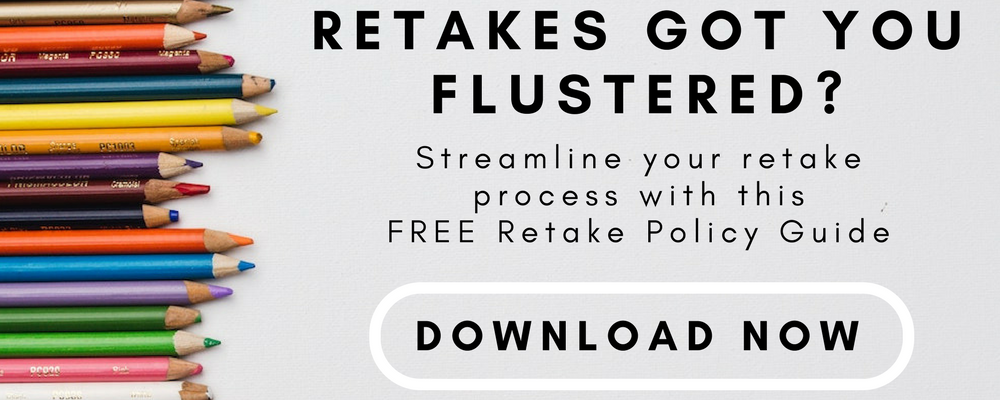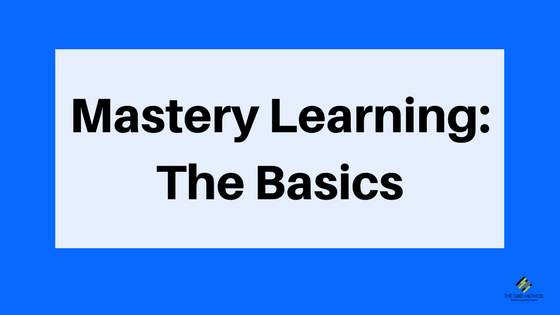Mastery Learning Doesn’t Have to be scary.
A lot of times when I talk about Mastery Learning with teachers, I can see them slowly start back away and sometimes even getting noticeably scared. I’ll be honest, it can be scary, but it doesn’t have to be. Giving up control, managing a self-paced classroom, and transitioning to Mastery Learning can be done if you take it one step at a time.
Let’s look at 3 small steps you can take to help create a Mastery Learning classroom for yourself.
Plan For the Content NOT the Calendar
The first thing you can do to transition to a more mastery-based classroom is focus on content and curriculum not “filling your calendar.” So many times we think of planning in “days” instead of creating a purposeful progression of content and learning for our students.
One way to begin this is to create an outline of the learning path your students can take to master a concept. By breaking down your standards / objectives and aligning them to learning opportunities or tasks, you can start to think about what they truly need in order to master the material, instead of the time each task will take.
As teachers we should absolutely care what our students know more than when they know it. Click To TweetYou can prepare and plan for several of these activities to take place in your classroom and allow your students to guide whether you move to the next task or if you need to adjust, re-teach, or spend more time on a given activity or learning opportunity. If you allow your content and learning to drive your planning, you will be one step closer to mastery based learning in your classroom.
[Scroll down to keep reading.]
Assess Students More Often
Assessment, even though it’s sometimes considered a “bad word” in education, is one of the most powerful tools we have as educators. Most of the time we assess students a single time during a lesson, or sometimes even in a week. This means there is a LOT of time they can either struggle or get lost without us knowing about it. If you purposefully plan a few assessments during your lesson or activity, you can get more real-time feedback on student growth and understanding. This can also help you make quicker decisions about instruction, even within the context of a single class. Create a better culture of assessment in your classroom where the focus is feedback and growth over the “grade.”
Allow Re-takes…Seriously
This is one of the easiest ways to promote a mastery-based culture in your classroom. If a student doesn’t pass an assessment, complete a task, or show competency in an activity, you can allow them to re-take it later when they are ready.
As teachers we should absolutely care what our students know more than when they know it. I am shocked how often I have to make this case about whether it is “preparing them for the real world” or not. I have never worked a job where zero mistakes were allowed, and I would argue that the most successful people in our society have failed more times than they have succeeded. Allowing students multiple opportunities to show mastery on a topic, assignment, or task is a huge step toward increasing achievement and implementing mastery learning in your classroom.
Remember, Mastery Learning doesn’t have to be a scary thing. You can take small steps every day to make your classroom more productive and student-centered. Are you stepping in the right direction?



